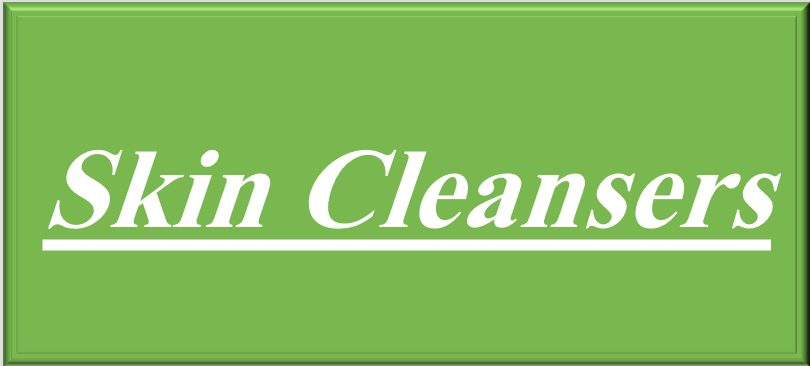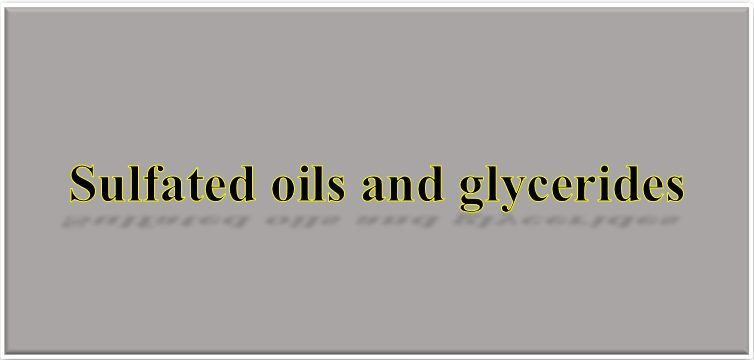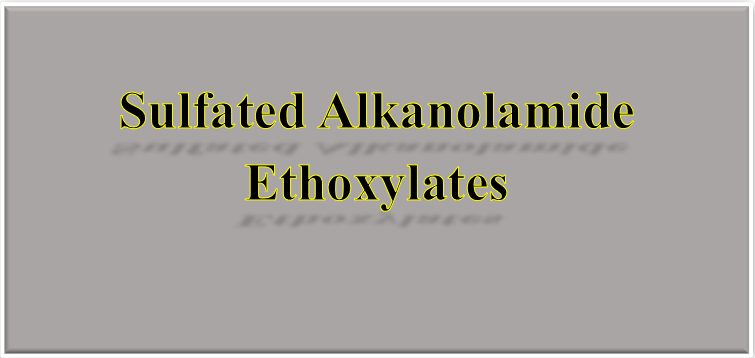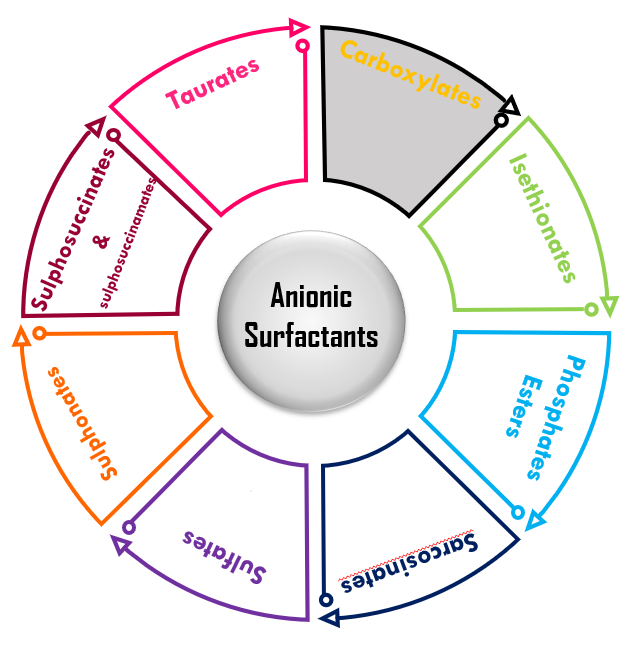Definition
Cosmetic is a Greek word ‘kosmeticos’ which means to adorn (addition of something decorative to a person or a thing).
cosmetic products are defined as follows:
(1) Cosmetic products are substances or preparations of substances, that are intended to be applied externally on humans or in their oral cavities for cleaning, care, or to influence the appearance, the body odor, or for the provision of odor impressions, except if they are primarily intended to treat or remove illnesses, ailments, bodily injuries or health afflictions.
(2) Substances or preparations of substances for the cleaning or care of dentures have equal status to cosmetic preparation.
(3) Substances, or preparations of substances, intended to influence the shape of the body, are not classified as cosmetic products.
The cosmetics in general are external preparations and are meant to be applied to external parts of the body. In other words, they may be applied to skin, hair and nails for the purposes of covering, coloring, softening, cleansing, nourishing, waving, setting, mollification, preservation, removal and protection.
Classification
Cosmetics, regardless of form, can be grouped by product use into the following seven categories:
(1) skincare and maintenance, including products that soften (emollients and lubricants), hydrate (moisturizers), tone (astringents), protect (sunscreens), etc., and repair (anti-chapping, anti-wrinkling, antiacne agents).
(2) cleansing, including soap, bath preparations, shampoos, and dentifrices.
(3) odor improvement by use of fragrance, deodorants, and antiperspirants.
(4) hair removal, aided by shaving preparations, and depilatories.
(5) hair care and maintenance, including waving, straightening, antidandruff, styling and setting, conditioning, and coloring products.
(6) care and maintenance of mucous membranes by use of mouthwashes, intimate care products, and lip anti-chapping products.
(7) decorative cosmetics used to beautify eyes, lips, skin, and nails.
Predominant types of Cosmetic Products
Solutions
The solutions, which are also called waters, tonics or lotions, are the simplest type of preparation. They are either colorless or dyed, mostly scented, aqueous, aqueous-alcoholic or contain other solvents. They contain, depending on the intended application purpose, one or several substances with specific properties (active ingredients), and oily components for skin or hair care purposes. The many substances introduced into a particular solution must be kept solubilized with the aid of a solubilizing agent, a surfactant. The viscosity of the preparation may also be adjusted to meet the intended purpose, particularly by the addition of hydrocolloids or special consistency regulators. Solutions that additionally contain refreshing and/or circulation-promoting substances are called tonics or lotions. Frequently, oil-in-water (O/W) emulsions with a high water content are also called lotions; these are low viscosity preparations that allow facile application to large skin surfaces and simultaneously leave only small amounts of oily substances on the surface of the skin.
Gels
A number of substances form colloidal solutions with water or other solvents. These may, in turn, form into gels. Thus, gels are mostly aqueous suspensions of water-insoluble, but hydratable substances, with particle sizes of colloidal dimensions. Gels are preferentially formed by the swelling of solids after the addition of water or other suitable solvents. They may also contain appropriate additives.
Suspensions
Suspensions are dispersed systems in which the inner phase consists of water-insoluble small solid particles, and the outer phase (designated as a vehicle or dispensing fluid) consists of a skin-compatible liquid, mostly water, which may also contain a humectant agent. The dispersed components should not separate to any extent, for which reason the particle size should be restricted between approx. 0.1 and 100 µm. Normally surfactants and hydrocolloids are added as dispersants to stabilize the suspension. After application onto the skin, suspensions should leave a continuous, but adequately flexible film. They may, like the solutions, contain suitable additives, e.g., skincare providing active ingredients.
Oils
Oils are historically the oldest preparations used for personal care. They mainly consist of fats, fatty substances or mixtures of these bases, which are liquid at room temperature. They may contain a wide variety of additives that are brought into solution with solvents if they are not, by themselves, soluble in the base. The oils are designated as skin, bath or massage oils in accordance with their composition and their application. Skin oils that contain unsaturated components have to be protected by the addition of antioxidants against oxidative attack. Byproducts generated by oxidation may cause an undesired change in color and odor of the product and may easily trigger skin irritations or other interfering effects. Skin oils applied in copious quantities may form continuous films which, under certain circumstances, may detrimentally affect skin functions, e.g., one result is especially a decrease of normal moisture discharge as the potential cause of hyperthermia. Of particular interest are the hydrophilic oils which in addition to fats and fatlike substances also contain special surfactants, e.g., lauryl alcohol ethoxylates or tertiary esters of phosphoric acid and lauryl alcohol tetra ethylene glycol ethers. With an appropriate composition, these oils not only possess good skincare properties, but they also have the advantage that they spread easily on the skin and can be washed off again with water. On contact with water, they form an O/W emulsion that is dilutable with water and, thus, can be easily rinsed off from the skin surface. The ingredients which penetrate into the stratum corneum (horny layer) of the skin during application and distribution processes are thus not removed by the emulsifying and diluting processes. Consequently, deeper layers of the horny layer remain adequately fatted while the skin surface is washed fat-free during this “washing process”.
Ointments
Any fat or fat-like substance may serve as an ointment base to spread certain substances with skin-specific properties in diluted form on the skin surface and to transfer them to the skin. Thus, an ointment (base plus active ingredient) can, in principle, also be a cosmetic preparation, but since for the most part they fat the skin excessively, they are usually only applied for specific purposes, e.g. as lip ointments. Water diluted ointments (emulsions) are preferentially applied.
Emulsions
Emulsions are finely dispersed systems consisting of at least two liquids that are immiscible in each other. The presence of an emulsifying system is a prerequisite for the formation of an emulsion. Several emulsifiers are available and can be used to prepare either W /0 or O/W emulsions. The purpose of the emulsion may be to care for the skin, or to simultaneously release incorporated active ingredients onto the skin, i.e. to cause specific effects on the surface of the skin, in the epidermis, or in the stratum corneum. The composition of the emulsion is essentially critical for the intended application purpose.
Creams
Creams are basically O/W or W/O emulsions of high viscosity. They consist of ointment bases with finely dispersed additional ingredients which may be insoluble in the water or the oil phase. Creams, which primarily provide for covering and protective properties, may also be applied for skin and body care, such as for skin protection (baby care, sunscreen creams). Soft pastes are obtained by homogenizing powdery (water-or solvent-insoluble) substances with emulsions instead of utilizing an ointment base. They have the advantage of improved spreadability on the skin while providing adequate protective covering.
Soaps
Sodium or potassium salts of the higher fatty acids are primarily applied as cleansing agents. The potassium soaps (soft soaps), moreover, are the oldest known ointment bases and were frequently used in dermatology. The solid sodium soaps are generally applied for skin cleansing. The reason is, that it is practically only feasible to utilize those fatty acids for the preparation of soaps which provide good skin compatibility. The skin compatibility of soaps can be significantly improved by the addition of substances with refatting effects(a-c). Bar soaps may also be produced with admixtures of other suitable surfactants. These are often called syndets (synthetic detergents). One should also mention that soaps, like other surfactants, adsorb substantively onto the skin. In certain cases, skin irritation can be attributed to surfactant residues. In any case, it is appropriate to rinse the hands thoroughly after washing.
Surfactant Solutions (Liquid Soaps)
The liquid soaps are transparent or opaque, some having a pearlescent appearance, and are characterized by a high surfactant content. These preparations, which are of an aqueous or aqueous/alcoholic base, maybe of low to medium viscosity and may possess gel-like properties. The special surfactants utilized here have been found to be especially suitable for the cleansing of skin and hair. The liquid soaps may, however, also contain specific active ingredients which, as the case may be, have been brought into solution with the aid of a solubilizer or a suspending agent.
Sticks
Sticks consist of fats, fat-like substances and/or waxes, or wax-like substances; they may, however, also contain ethyl alcohol or isopropyl alcohol that has been solidified with sodium stearate. They usually contain special active ingredients in fine dispersion and are primarily intended for application only on small skin areas. Sticks may be transparent or opaque. Depending upon the specific active ingredients, they may have cooling and/or deodorizing effects. In certain cases, sticks are formulated with a high content of dyestuffs. All sticks must be easily applied and leave a continuous and adequately elastic film on the skin or the lips.
Powders
Powders are preparations consisting of one to several powder bases that have been finely mixed with special additives that are suitable for the intended purpose. Liquid powders additionally contain glycerin, water and a dispersion agent which prevents the settling of the powder base or the separation of the mixture. Compact powders are prepared from powder bases and contain various additives, (e.g. binders and super-fatting agents), including dyestuffs and/or pigments. These formulations are either compacted under high pressure or sintered together by addition of, e.g. calcium sulfate. Powders may also be packaged in gas-pressurized containers fitted with special valves that allow the passage of the powder particles through the discharge nozzle. These preparations also require the addition of suspending agents to prevent the settling of powder particles in the container and to permit the quick resuspension of precipitated components.
Granulates
When powders are to be used as carriers, e.g., to release moisture sensitive active ingredients shortly before application, they are converted into granulates that are less dusty and flow better. The individual granulates consist of agglomerized primary powder particles. Moreover, the addition of a surfactant during the manufacture of these granulates is advisable in order to achieve rapid disintegration of the granulate and conversion into an appropriate slurry for application.
Aerosols
Aerosols, as defined here, are comprised of a solution of an active ingredient and compressed or liquified gases (propellants) in a gas-pressurized container constructed of metal, glass or plastic and provided with a valve. The active ingredient solution consists of a solvent (often ethyl alcohol or isopropyl alcohol) or a solvent mixture that may also contain water, a fragrance formulation and one or several additives with special properties. These additives may have been dissolved with the aid of a solubilizer or dispersed with the aid of a dispersant. Using a valve, the active ingredient solution is discharged from the container by the pressure of expanding propellant and is converted into a fine mist, i.e. an aerosol. Aerosol containers have the advantage that they allow a quick and even spreading of active ingredients in particularly fine distribution over large areas.
Lacquers
Lacquers contain film-forming components, mostly comprised of rosins or resins, but also of plasticizers, solvents, dyestuffs, pigments, or substances with other specific properties. Dispersants are added to prevent the flocculation of undissolved components. Lacquers form plastic or impact-resistant, non-sticky films after application on the skin, hair, or nails, etc. They are primarily intended to improve the appearance of the treated areas.
Sources:
- Surfactants in Consumer Products, Theory, Technology and Application, J. Falbe.
- Kosmetologie 4, 85 (1974), Braig, S., Tronnier, H., Meinhard, G., Teupel, M., Gloxhuber, Chr.
- Hautarzt 26, 589 (1975), Gloor, M., Falk, W., Friederich, H. c.
- Zeitschrift Hautkrankh. 54, 849 (1979), Schneider, H. G.
- Kompendium der Aerosoltechnik, Augsburg, Ziolkowsky 1984, Tauscher, W.
- Textbook of Cosmetic Formulations, Gaurav Kumar Sharma, Jayesh Gadiya, Meenakshi Dhanawat.
- A Handbook of Cosmetics, B.M. Mithal, R.N. Saha.
- Kirk-Othmer Chemical Technology of Cosmetics, Martin M. Rieger, 2013.











